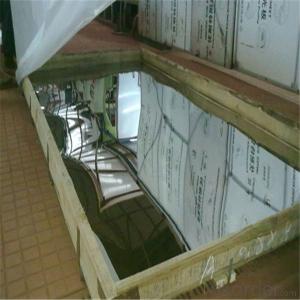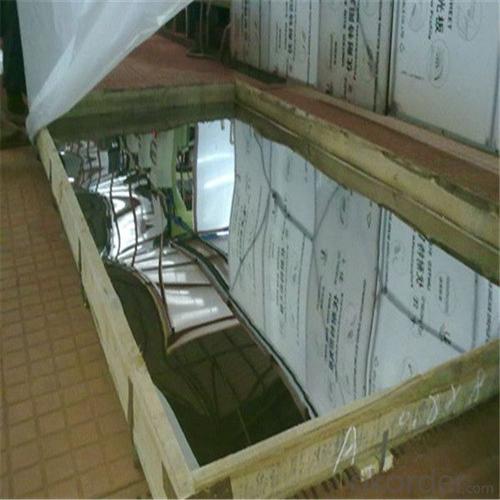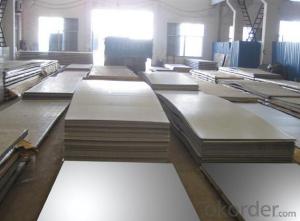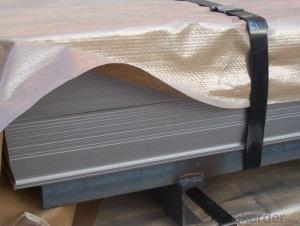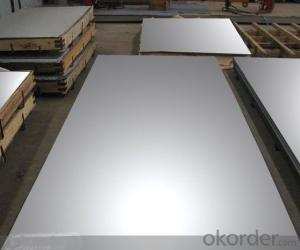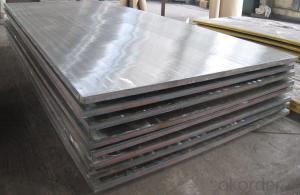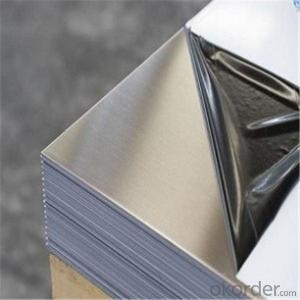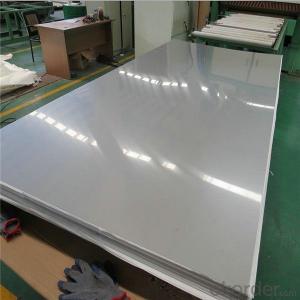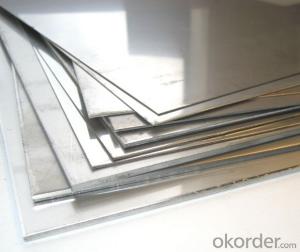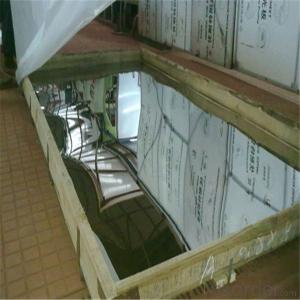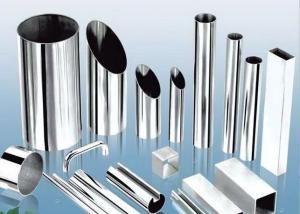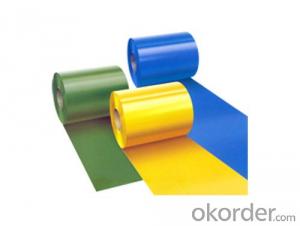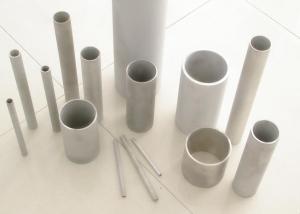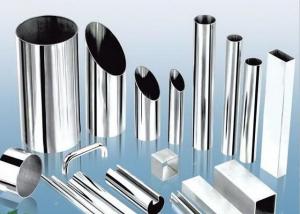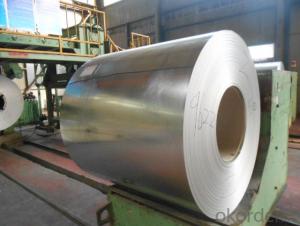TISCO 304/316 Stainless Steel Sheet/Sheets
- Loading Port:
- Shanghai
- Payment Terms:
- TT OR LC
- Min Order Qty:
- 3 m.t.
- Supply Capability:
- 2000 m.t./month
OKorder Service Pledge
OKorder Financial Service
You Might Also Like
Specification
Specification:
TISCO 304/316 stainless steel sheet/sheets
1.Grade:304,304L,316,316L,309S,310S,904L,etc
2.Finish:2B,BA,HL,Brush,NO.1,NO.4,Mirror and so on.
3.Standards:JIS,AISI,ASTM,GB
4.Thick;0.3mm--150mm
5.Wide;1000mm--2000mm
6.Length;1000mm--6000mm
7.Packing: standard export sea-worthy packing or as the customers’ requirement
8.Payment:L/C and T/T
9.Shipment:about 10 days after payment terms.
10.Trade Terms:FOB Shanghai.
11.Application construction, building, kitchwares, medical industry, eletricity industry and so on.
We have very good connection with factory, so we can provide competitive price to you, if u are intresented in our products, pls feel free to contract us.
Your enquiry will be welcome.
Details:
Article | TISCO 304/316 stainless steel sheet/sheets |
Specification | 1m 1.219m 1.5m or as your requirements |
Surface | 2B NO.1 BA Hairline 4K 6K 8K No.3 No.4 |
Type | Sheet/Plate |
Thickness | 0.1-3mm |
Brand | TISCO JISCO LISCO and so on |
Application | Foodstuff,gas,biology,metallurgy,electron,chemical,petroleum,boiler,nuclear energy, equipment fertilizeretc and so on |
Parking | interlayer paper kraft paper wooden packing or as your requirement |
Payment | Small quantity (within total $20000.00) T/T at sight, 30% in advance , 70% after receiving the B/L Large quantity : L/C at sight |
container size | 20ft GP:5898mm(Length)x2352mm(Width)x2393mm(High) |
Delivery Time | 7-15 days after received the deposit of T/T or L/C |
Note | We can produce other standard as the customers’s requirements |

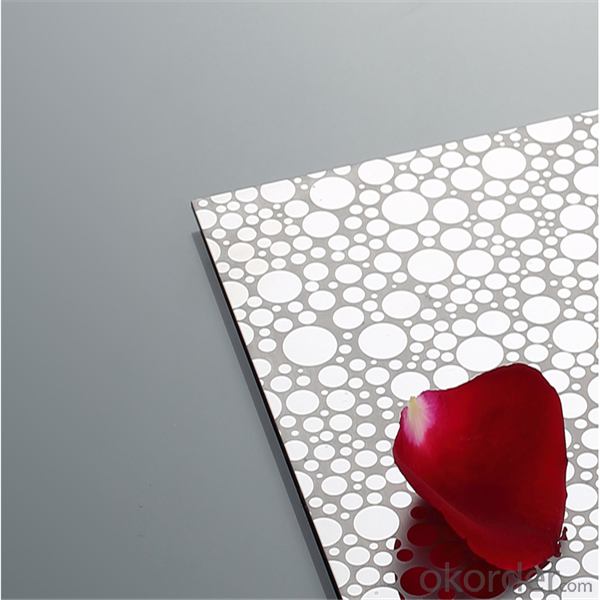
- Q: What's the difference between stainless steel 8K and BA?. How to distinguish from the surface of materials?
- Unlike abrasive materials, the 8K has lower surface roughness than the BA board, and the BA board can be used as a mirror. Imagine how bright the 8K is, and it's hard to distinguish between the naked eye and the naked eye.
- Q: What are the benefits of using textured stainless steel sheets?
- Textured stainless steel sheets have numerous advantages. Firstly, their unique patterns and textures enhance visual appeal and aesthetic value. These sheets can add depth and dimension to any space, making it visually interesting and appealing. As a result, they are highly sought after in architectural and interior design projects. Secondly, textured stainless steel sheets offer improved durability and resistance to wear and tear. Their textured surface helps conceal scratches, fingerprints, and other imperfections, ensuring a cleaner and more polished appearance for longer periods. This makes them ideal for high-traffic areas or applications where aesthetics and durability are equally important. Furthermore, these sheets provide better grip and traction due to the raised patterns on their surface. This makes them suitable for applications where slip resistance is crucial, such as flooring, stairs, or ramps. The enhanced grip also proves advantageous in industrial or commercial settings prioritizing safety. Moreover, textured stainless steel sheets require relatively low maintenance. Their textured surface is less prone to showing dirt or smudges, reducing the need for frequent cleaning or maintenance. This makes them convenient for applications in busy environments or areas where regular cleaning may be challenging. Lastly, textured stainless steel sheets are highly versatile and can be used in a wide range of applications. They find utility in architectural and interior design projects, as well as industrial and commercial settings. These sheets can be utilized for wall cladding, columns, decorative panels, countertops, furniture, and more, offering limitless possibilities for creative and functional design solutions. In conclusion, the benefits of using textured stainless steel sheets include enhanced visual appeal, improved durability, better grip and traction, low maintenance requirements, and versatility in application. These sheets offer a combination of practical and aesthetic advantages, making them a popular choice for various projects across different industries.
- Q: Can stainless steel sheets be used for kitchen sinks?
- Yes, stainless steel sheets can be used for kitchen sinks. Stainless steel is a popular and durable material choice for kitchen sinks due to its resistance to corrosion, heat, and staining. It is also easy to clean and maintain, making it a suitable option for a kitchen sink.
- Q: Can stainless steel sheets be used for countertops?
- Yes, stainless steel sheets can be used for countertops. Stainless steel is a durable and hygienic material that is resistant to stains, heat, and corrosion, making it an excellent choice for kitchen countertops.
- Q: Can stainless steel sheets be used for swimming pool construction?
- Yes, stainless steel sheets can be used for swimming pool construction. Stainless steel is a durable and corrosion-resistant material, making it suitable for withstanding the harsh conditions of a swimming pool environment. It is commonly used for constructing pool walls, floors, and other structural components.
- Q: Can stainless steel sheets be used for electrical or electronic applications?
- Yes, stainless steel sheets can be used for electrical or electronic applications. Stainless steel has excellent electrical conductivity and is resistant to corrosion, making it an ideal material for various electrical components. It is commonly used in electrical enclosures, switchgear, control panels, and other electrical equipment. Additionally, stainless steel sheets can be fabricated into different shapes and sizes, making them suitable for various electronic applications such as printed circuit boards (PCBs), connectors, and terminals. The durability and high temperature resistance of stainless steel also make it a preferred choice for electrical and electronic applications in harsh environments.
- Q: Are stainless steel sheets suitable for petrochemical refineries?
- Stainless steel sheets are indeed appropriate for petrochemical refineries. They are an incredibly durable material that can endure harsh conditions and extreme temperatures, making them perfect for use in such facilities. This type of steel provides exceptional resistance to chemicals, acids, and caustic substances commonly found in the refining process. Moreover, stainless steel sheets possess outstanding mechanical properties, enabling them to withstand high pressure and stress, thereby ensuring longevity and dependability in refinery operations. Additionally, the non-porous surface of stainless steel prevents the accumulation of bacteria and other contaminants, making it both hygienic and easy to clean. All in all, due to their remarkable corrosion resistance, mechanical strength, and ease of maintenance, stainless steel sheets are the preferred choice in petrochemical refineries.
- Q: Can stainless steel sheets be used in medical equipment?
- Yes, stainless steel sheets can be used in medical equipment. Stainless steel is a popular material choice for medical equipment due to its corrosion resistance, durability, and easy maintenance. It is commonly used in surgical instruments, medical devices, hospital furniture, and other medical applications.
- Q: Stainless steel thermos cup 304 and 201 material what is the difference?
- 304 stainless steel prices higher: in terms of price, 304 is far higher than the price of 201. Because 304 quality is better than 201 stainless steel, and 304 for imported stainless steel plate, 201 for domestic stainless steel plate, so 304 of the price is naturally higher.
- Q: Are stainless steel sheets suitable for cryogenic storage containers?
- Yes, stainless steel sheets are suitable for cryogenic storage containers. Stainless steel is known for its excellent low-temperature properties, making it an ideal choice for cryogenic applications. It has a high resistance to thermal expansion and contraction, making it less prone to cracking or leaking at extremely low temperatures. Additionally, stainless steel is highly durable, corrosion-resistant, and can withstand the extreme conditions of cryogenic storage, ensuring the safety and integrity of the stored materials. Therefore, stainless steel sheets are widely used in the construction of cryogenic storage containers in various industries such as pharmaceuticals, aerospace, and scientific research.
Send your message to us
TISCO 304/316 Stainless Steel Sheet/Sheets
- Loading Port:
- Shanghai
- Payment Terms:
- TT OR LC
- Min Order Qty:
- 3 m.t.
- Supply Capability:
- 2000 m.t./month
OKorder Service Pledge
OKorder Financial Service
Similar products
Hot products
Hot Searches
Related keywords
